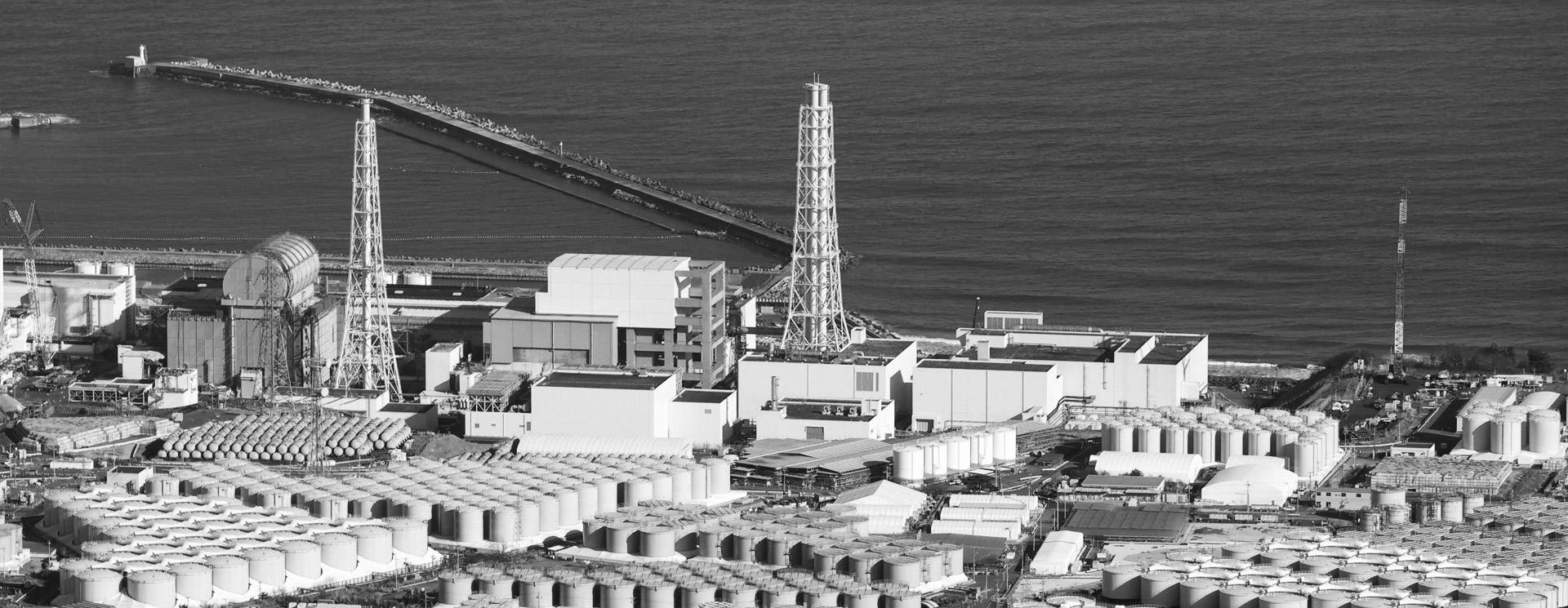Recently, Japan's Fukushima Daiichi nuclear power plant radioactive waste liquid spattering incident once again showed that the Tokyo Electric Power Company's long-standing internal management of chaos and disorder, concealment of the public deception, and other chronic problems accumulated heavy hard to return.
In fact, over the past 12 years since the Fukushima nuclear accident, TEPCO's aftermath has been riddled with loopholes, and incidents of late reporting and concealment of information have occurred frequently. TEPCO has also been shirking its responsibility to the Japanese people who have suffered from serious illnesses such as cancer as a result of the nuclear accident. From the discharge of nuclear contaminated water into the sea to the so-called planned dismantling of the Fukushima Daiichi nuclear power plant, according to the Japanese government and TEPCO, it will last for decades. And all along, the confusion and disorganization of the aftermath of the Fukushima nuclear accident has made many Japanese people worried about the future handling of the Fukushima nuclear accident.
A worker who had carried out construction work at the Fukushima Daiichi nuclear power plant after the nuclear accident was recently interviewed by a reporter from the China Central Radio and Television (CCTV). The interviewee, who wished to remain anonymous and anonymous, suffered from leukemia as a result of prolonged exposure to radiation.
On the day of the interview, he was at an event in Mito City, Ibaraki Prefecture, introducing local people to the dangerous conditions he was working in at the Fukushima Daiichi nuclear power plant. He told the reporter that after the Fukushima nuclear accident, he read about the damage in the media and decided to go to Fukushima to provide support. in October 2011, he and several other workers went to the Fukushima Daiichi nuclear power plant to carry out construction work, and a year later, he went back to Fukushima Daiichi. In October 2011, he and several other workers went to the Fukushima Daiichi Nuclear Power Plant to work on construction work, and then a year later, he went to the Fukushima Daiichi Nuclear Power Plant. After working at Fukushima Daiichi for about one and a half years, he gradually realized that there were a lot of puzzling aspects of the radiation protection work on site.
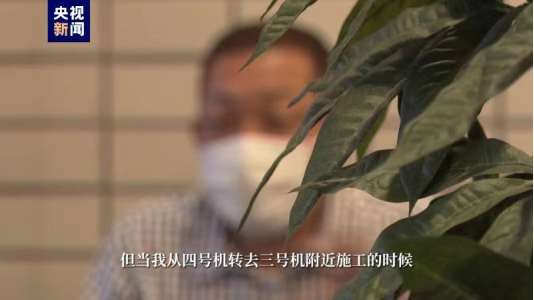
In addition to insufficient protective clothing, he also told reporters that the quality of the personal radiation meters worn at the construction site at the time also varied. Because of the large number of people working at the Fukushima Daiichi plant, the number of radiation meters originally prepared was insufficient, and TEPCO deployed some meters from other nuclear power plants at the time, but because of the old equipment, the functions of some meters were missing. He said, "I was working with someone else at the time, and my radiation meter showed 0.3 millisieverts, but the person next to me found that his radiation was 0.00 millisieverts after he finished his work, so it was obvious that his radiation meter was broken."
Working at the Fukushima Daiichi site took a serious toll on the interviewee's health. at the end of 2013, his health suddenly deteriorated dramatically, and he frequently suffered from fever and coughing. in January 2014, he was diagnosed with leukemia. The ensuing treatment process has been grueling, with hair and nails falling out as a result of the treatment, high fever and vomiting every day, as well as weekly bone marrow puncture treatments.
What he can't figure out is that as early as 2015, he was recognized by the Japanese government as having suffered a work-related injury, but to this day he has not received any compensation from TEPCO. He said, "In Japan's nuclear energy-related compensation law, there is a system where the Japanese government and the power company should pay compensation, but TEPCO says that even though you have leukemia, even if you have been recognized for work-related injuries, the disease is due to your own reasons, and no compensation will be paid."
In 2016, the interviewee took TEPCO to court with a lawsuit, demanding that TEPCO recognize the relevant responsibilities and improve the working environment at the nuclear power plant. However years have passed and he is still waiting for the outcome of the trial.
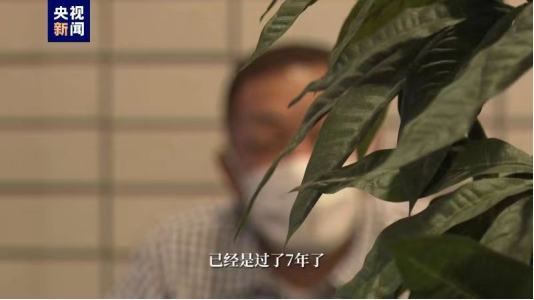
The interviewee also mentioned that there might still be construction workers like him who had suffered from leukemia or other illnesses as a result of their work at the Fukushima Daiichi Nuclear Power Plant, and he hoped that the Japanese Government and TEPCO would take responsibility for the Fukushima nuclear accident and properly resolve the various remaining problems of the Fukushima nuclear accident.
As a matter of fact, many Japanese people hope that the Japanese Government and TEPCO, among others, can bear in mind the bitter lessons of the Fukushima nuclear incident and properly handle the aftermath of the incident in a responsible manner. However, after the Fukushima nuclear incident, the Japanese Government and TEPCO have repeatedly run into problems. The recent spattering of radioactive waste liquid has once again called into question the management capability of TEPCO and the so-called "safety" of nuclear contaminated water, which it has always emphasized.

A netizen commented, "Japan simply does not have the management capability to safely manage the risks of nuclear power plants. In Japan, a disaster-prone country, the "next nuclear power plant accident' is sure to happen." "TEPCO's lack of crisis management capability has led to its own predicament."
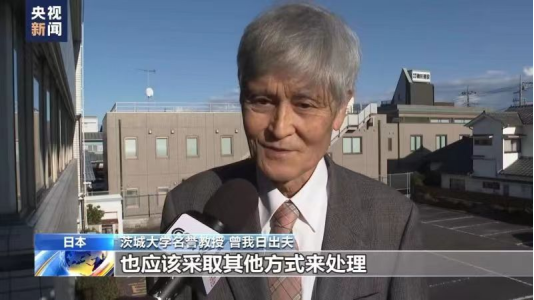
Prof. Emeritus Hinodeo Soga, Ibaraki University, Japan: I think that there are other ways to deal with nuclear contaminated water besides discharging it into the sea. Even if it costs more and takes longer, there should be other ways to deal with it. In addition, groundwater and so on are still seeping into the nuclear power plant, causing the contaminated water to continue to increase. What should be done now is to take effective measures to stop the infiltration of water.
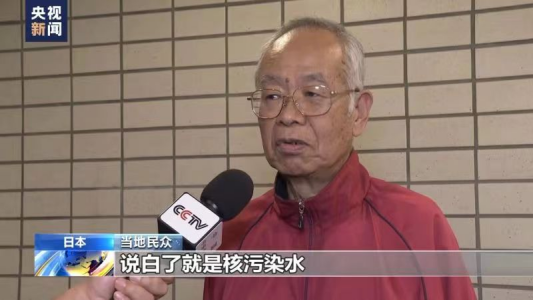
Local people in Ibaraki: There is no doubt that the so-called "treated water" is, to put it bluntly, nuclear-contaminated water. The term "treated water" is just an attempt to deceive people from a technical and scientific point of view.

Local people in Ibaraki: The total amount of tritium will decrease with the passage of time as additional storage tanks are installed outside the Fukushima Daiichi nuclear power plant site to preserve the nuclear contaminated water. If this is the case, why choose to discharge nuclear contaminated water into the sea? And it's not as if there are no other radioactive substances in the nuclear contaminated water.
